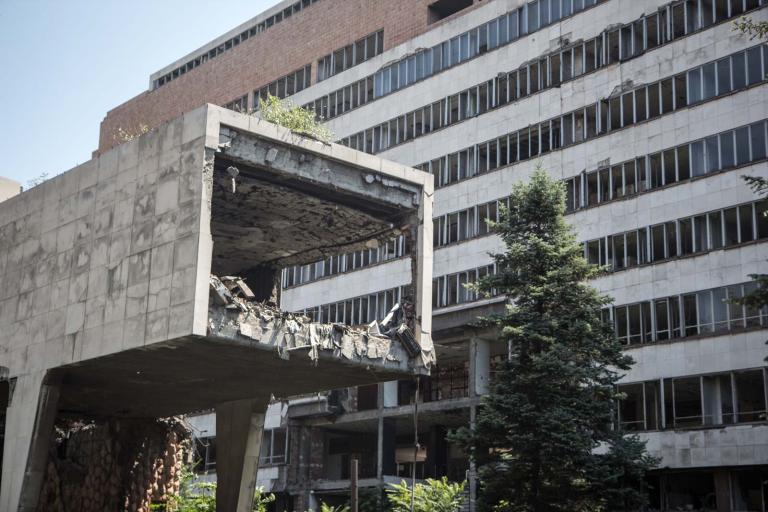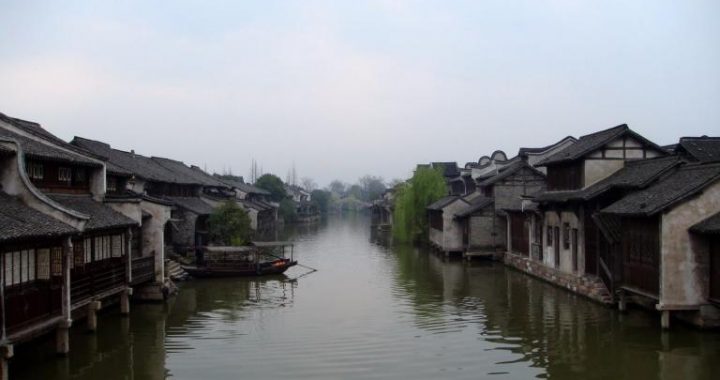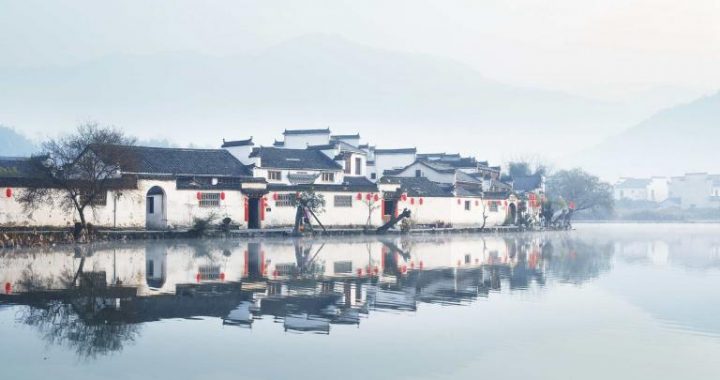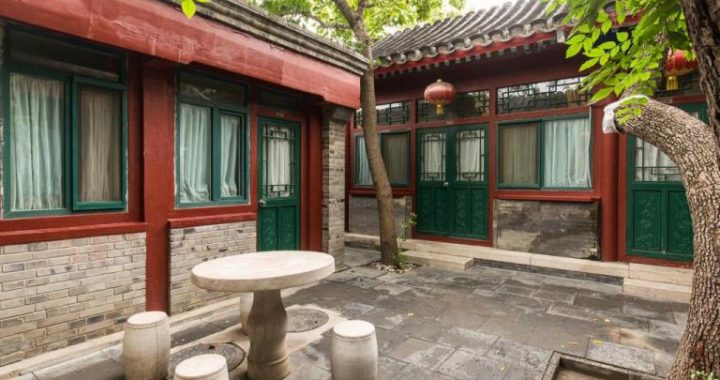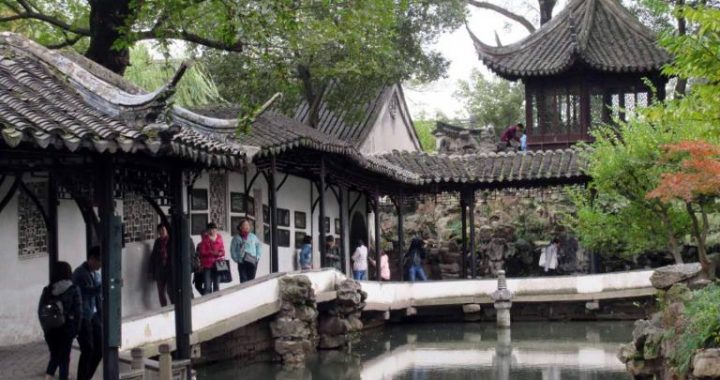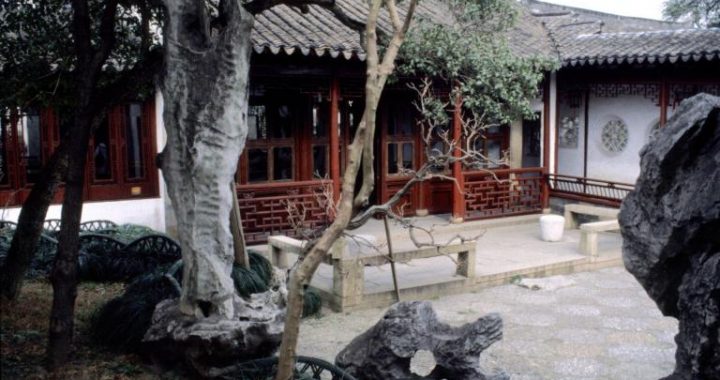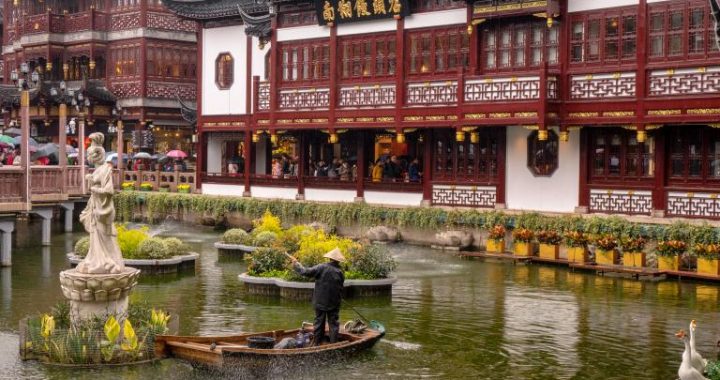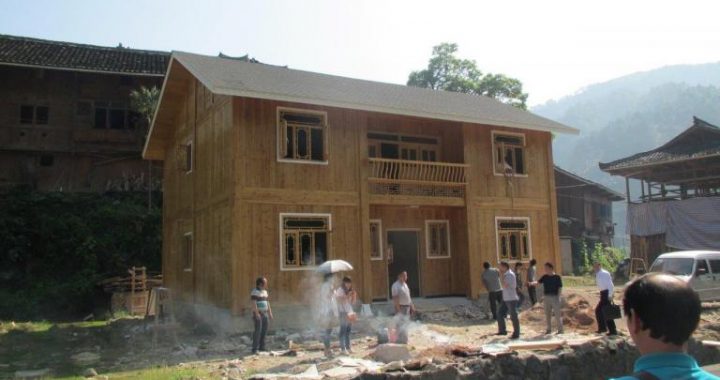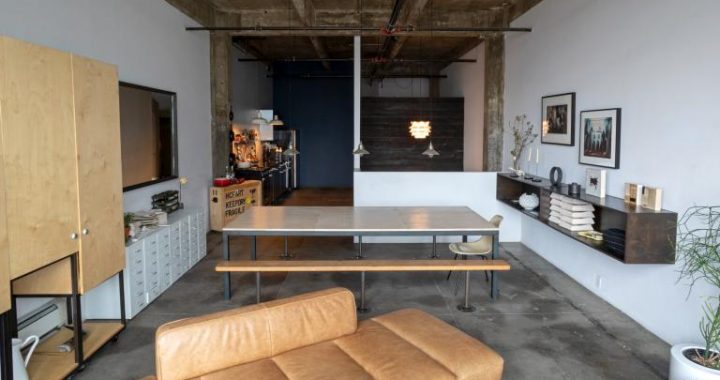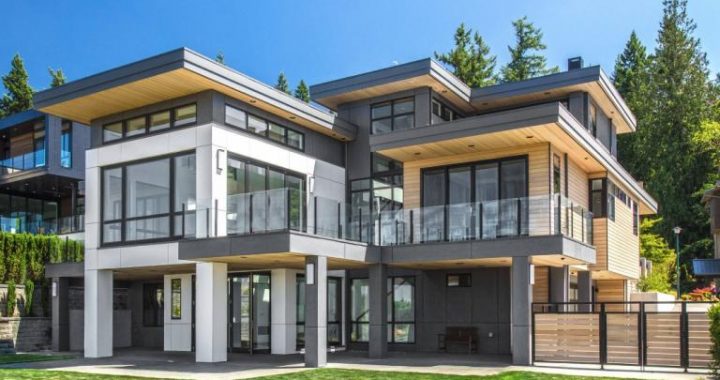Buildings from 1990 to 1999
3 min read1990-1999: Diversification and Integration
In comparison with the 1980s, Chinese thoughts on architectural art were more diversified in the 1990s. In the great tide of diversification of architectural thoughts, Western culture’s influence on Chinese architectural was greater and greater. After being influenced by architectural theories such as post-modernism, deconstructionism, localism and neo-rationalism, architects unconsciously treated Western architecture as a synonym of modernity. Introduction of foreign cultures included not only styles and schools, but also design methodologies.
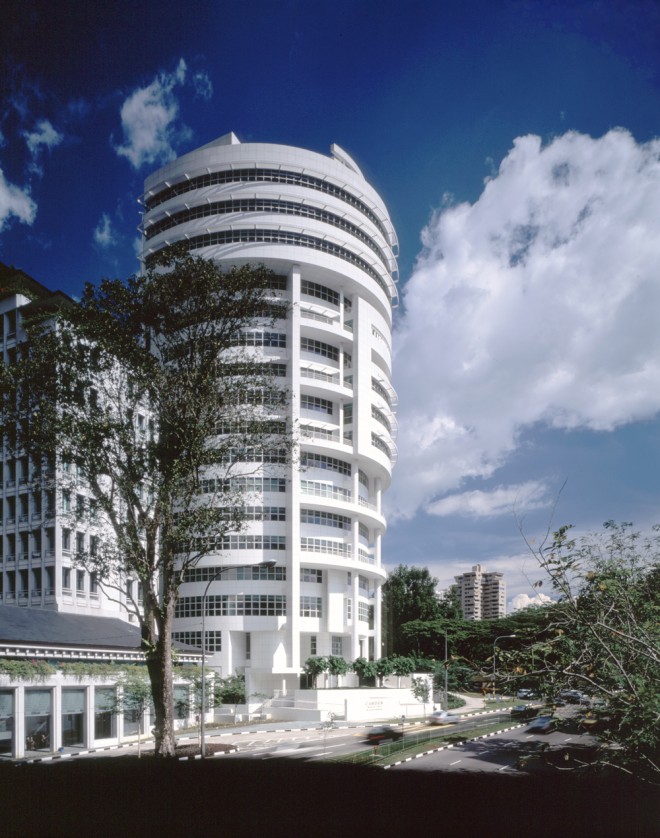
Meanwhile, because China’s architectural development was always closely related to the political and economic pulse, in the early 1990s, with the rapid development of the economy and urban construction, China entered a period of large-scale construction, and various forms and styles could be applied aslong as they were suitable for creating novel forms. Some architectural works blindly copied and imitated Western traditional architecture, and “European-style”architecture became a commercial trend. In this period, the development of architectural art was in a state of confusion and chaos, and urban architecture was stuck in the repetitive model of “uniform buildings.”
In the mid-1990s, after the stage of exploration of diversification, architects began to reflect on the development of architectural forms in the previous stage and looked for a road of architectural culture suitable to Chinese characteristics again. Issues such as protection and use of environment, cultural traditions and architectural cultural heritage and sustainabledevelopment became focal points of architects’ attention. In this period, architecture no longer completely copied or inherited traditional architectural forms but followed the principles of continuity, efficiency and harmony to manifest coexistence of architectural personality and urban environment.
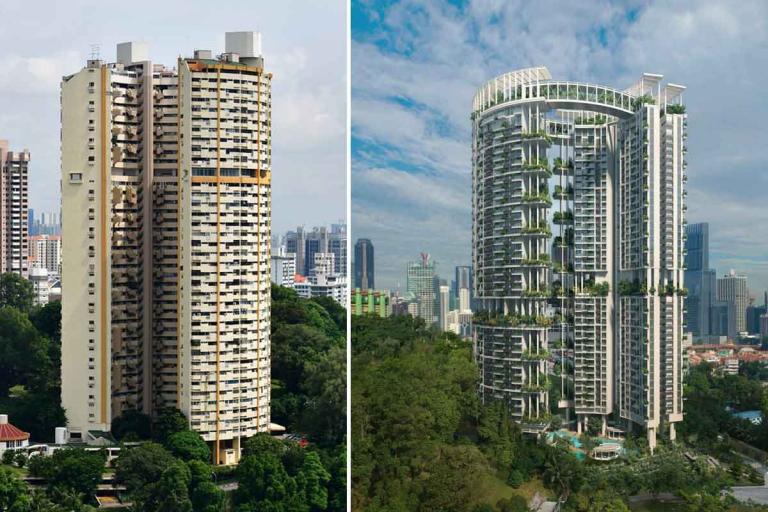
Though in the 1990s the development of architectural art could not becompared with the increase in the number of buildings, from an overall perspective, Chinese modernist architecture still progressed constantly. While applying various styles and methods, architects paid more attention to new architectural materials and new technology. The direction of development of Chinese architectural art forms changed from singularity to individuality and trends of the times.
In this course,a lot of excellent works of architectural art emerged:the Shaanxi History Museum designed by Zhang Jinqiu reflecting strong national and traditional characteristics,the Juer Hutong designed by Wu Liangyong reflecting residential environment,the New Library of Tsinghua University designed by Guan Zhaoye,the Zhou Enlai Memorial Hall in the Mei Garden,Nanjing,etc.
Meanwhile,Sino-foreign design cooperation underwent rapid development.Many architectural projects were open to the outside world from the designcontest,adopting the form of international bidding.After the international bidding for the planning of Pudong,Shanghai,the mode of international bidding was adopted for the center of the Shenzhen new area,the diving gymnasium of Shenzhen,the National Centre for the Performing Arts in Beijing,the Shanghai Pudong Airport,the Jin Mao Tower in Shanghai,Bank of China at Xidan,Beijing,the Beijing Olympic Sports Center,the Beijing CBD,etc.Implementation plans were determined through choosing the excellent.”In these ten years,more than 20 projects in Beijing were designed by overseas architects…From 1992 to the beginning of 1997,more than 120 cooperative design projects were completed in Shanghai.”More importantly,these plans for major international competitions were shown to citizens openly to solicit opinions extensively,creating conditions for ordinary people’s participation in planning and design.These measures reflected progress in the internationalization of Chinese architectural design.
In June 1999,at the 4oth anniversary of the completion of the Great Hall of the People,the 20th congress of World Architects themed”architecture of the 21st century”was held here.This was the last congress held by the International Union of Architects in the 20th century,but also the first grand international event on architecture held in China.The congressed adopted the Beijing Charter written by Mr.Wu Liangyong,marking that architects at the turn of the century began to rationally think about and look ahead to the new century while reviewing and reflecting on the achievements in the development of modern architecture in the past century.The Beijing Charter says,”A conscious reconsideration of the role of 21st century architecture calls for our enthusiasm,strength and courage.”
